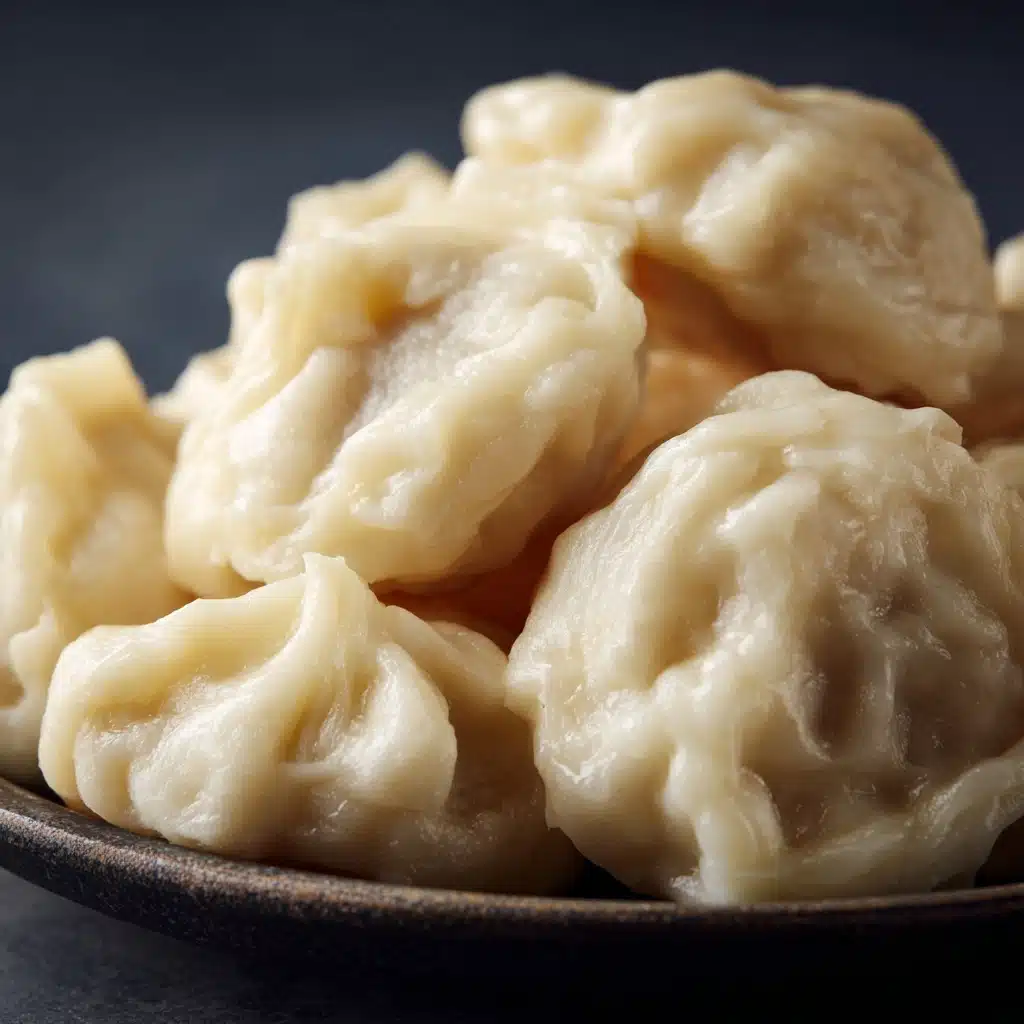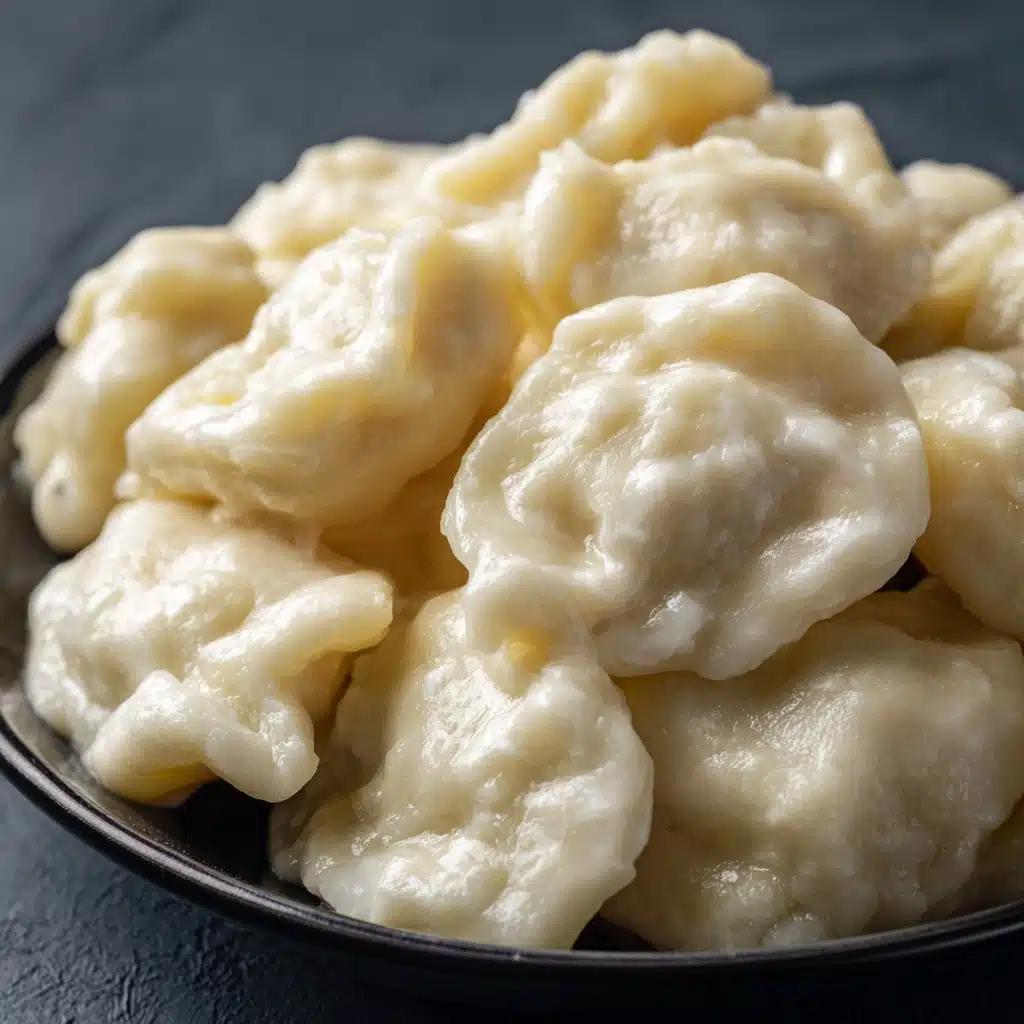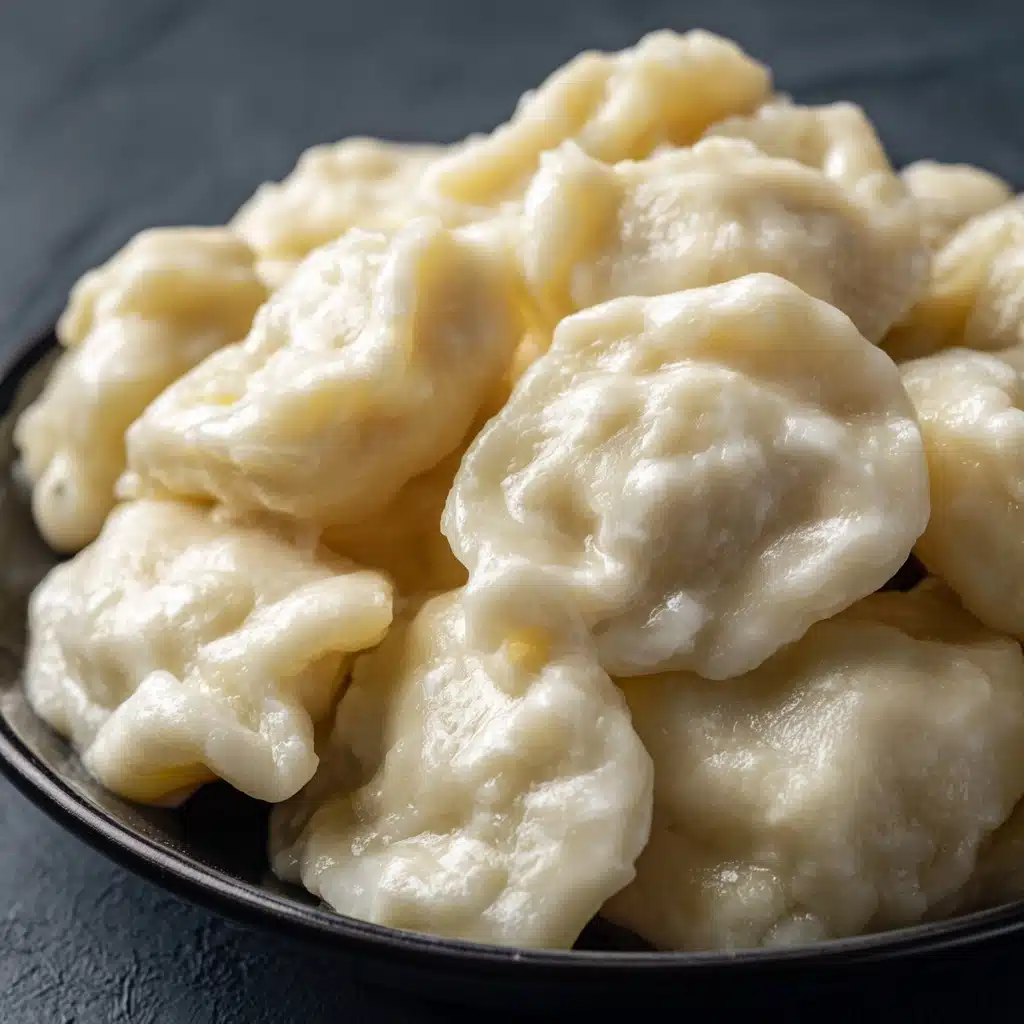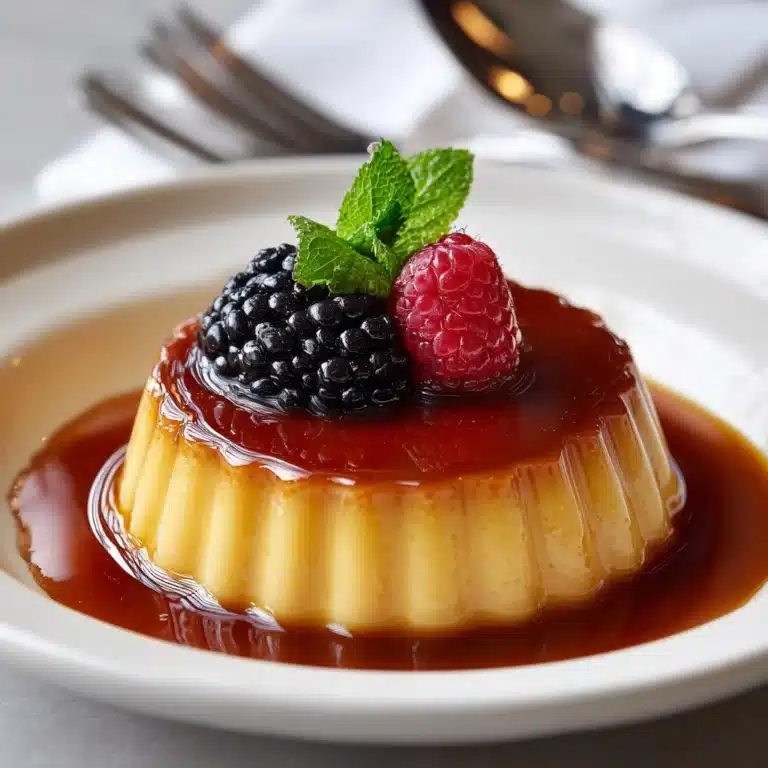Creamy, tangy, and brimming with live probiotics, Milk Kefir is truly a little miracle in a jar! This centuries-old fermented drink is not just incredibly easy to make at home but also endlessly rewarding: just a few minutes of prep rewards you with a bubbly beverage that’s delicious on its own and incredibly versatile. Learning how to make Milk Kefir opens up a world of nourishing possibilities, and nothing compares to the taste and texture of homemade.

Ingredients You’ll Need
-
Ingredients:
- 4 cups whole milk (preferably organic and pasteurized)
- 2 tablespoons milk kefir grains
How to Make Milk Kefir
Step 1: Prepare Your Jar and Milk
Start by choosing a sparkling clean glass jar—good hygiene here is key to delicious results. Pour 4 cups of whole milk into the jar, making sure to leave a bit of headspace for the kefir grains to work their magic.
Step 2: Add the Milk Kefir Grains
Drop in 2 tablespoons of milk kefir grains. These wondrous little clusters are packed with beneficial bacteria and yeast, and you’ll quickly fall in love with how they transform your kitchen into a tiny probiotic factory!
Step 3: Cover and Let Ferment
For the best Milk Kefir, cover your jar with a breathable cloth or coffee filter secured by a rubber band. This lets air in but keeps out dust and pesky fruit flies. Set your jar somewhere out of direct sunlight, where the temperature stays between 65 and 75°F, and let it ferment for 24 to 48 hours, depending on how tangy you want your kefir.
Step 4: Stir (Optional)
If you’re feeling attentive, give your kefir a gentle stir with a non-metal utensil about halfway through—this can encourage more even fermentation, but it’s totally optional.
Step 5: Strain and Store
Once your milk has thickened up and that irresistible tang develops, strain out the kefir grains using a plastic or stainless steel sieve. Pour the smooth, freshly fermented Milk Kefir into a clean container and pop it in the fridge to chill. You can reuse the grains right away, or store them in a splash of milk in the refrigerator until you’re ready for your next batch.
How to Serve Milk Kefir

Garnishes
Milk Kefir shines with a swirl of honey, a sprinkle of cinnamon, or a handful of fresh berries on top. These simple touches can enhance both the beauty and flavor of your glass, making every sip feel like a special occasion.
Side Dishes
Pair your kefir with homemade granola, crisp buttered toast, or a bowl of seasonal fruit. Its creamy tang is perfect for balancing out rich foods or offering a refreshing contrast alongside breakfast classics.
Creative Ways to Present
Don’t be afraid to get playful—Milk Kefir makes delicious smoothies, can be poured over cereal, or even frozen in popsicle molds for a cooling probiotic treat. Try layering it into parfaits for an eye-catching brunch table addition.
Make Ahead and Storage
Storing Leftovers
Homemade Milk Kefir keeps beautifully in an airtight jar in the refrigerator for up to a week. Its flavor will continue to develop, often becoming a bit more tart and complex with time.
Freezing
While freezing can affect the texture and kill some of the beneficial cultures, you can freeze Milk Kefir in silicone trays for smoothies or cool desserts. If saving the grains, store them in a small amount of milk and freeze for future use.
Reheating
Milk Kefir is best enjoyed cold or at room temperature, as heating can destroy its probiotic benefits. If adding to warm dishes, stir it in at the end and avoid high heat for maximum nutrition.
FAQs
What are milk kefir grains and can I reuse them?
Milk kefir grains are unique clusters of bacteria and yeast that ferment milk into kefir. They’re reusable indefinitely—as long as you care for them, you can keep making batch after batch.
Can I make Milk Kefir with non-dairy milk?
Traditional milk kefir grains thrive best on dairy, but you can use them to ferment non-dairy milks such as coconut or almond—just refresh the grains in dairy milk every few batches to keep them strong.
Why does my kefir taste extra sour?
The tang in Milk Kefir comes from the fermentation time: longer ferments develop a more pronounced sourness. Feel free to experiment to find your perfect balance.
What if I forget about my kefir and it over-ferments?
No worries—over-fermented Milk Kefir may separate into curds and whey, but it’s still usable. Give it a good stir and taste; if the flavor’s too strong, use it in smoothies or salad dressings.
Do I have to use whole milk, or can I use skim?
Whole milk creates the creamiest texture and richest flavor, but you can use lower-fat versions. Just note that the kefir will be a bit thinner and less luxurious in mouthfeel.
Final Thoughts
Once you try making Milk Kefir at home, you’ll wonder how you ever lived without it! With just two ingredients, a little time, and a touch of curiosity, you’ll unlock a world of flavor and feel-good benefits. Give it a try—your taste buds and your belly will thank you!
Print
Milk Kefir Recipe
- Total Time: 24 to 48 hours
- Yield: About 4 cups 1x
- Diet: Vegetarian
Description
Learn how to make your own probiotic-rich milk kefir at home with this simple recipe using milk and kefir grains. This tangy and creamy fermented drink is a delicious and nutritious addition to your diet.
Ingredients
Ingredients:
- 4 cups whole milk (preferably organic and pasteurized)
- 2 tablespoons milk kefir grains
Instructions
- Pour the milk into a clean glass jar. Add the milk kefir grains to the milk.
- Cover the jar loosely with a breathable cloth or coffee filter secured with a rubber band to allow airflow while keeping contaminants out.
- Let the mixture ferment at room temperature (65-75°F) away from direct sunlight for 24 to 48 hours, depending on desired tartness and thickness.
- Stir gently once or twice during fermentation if desired.
- When the milk has thickened and developed a tangy flavor, strain out the kefir grains using a plastic or stainless steel sieve.
- Transfer the strained kefir to a clean container and refrigerate.
- The grains can be reused immediately to start a new batch or stored in milk in the refrigerator.
Notes
- Use glass or food-grade plastic containers to avoid reactions.
- Avoid metal utensils during fermentation to protect kefir grains.
- Fermentation time can be adjusted for flavor preference; longer fermentation results in a more sour kefir.
- Prep Time: 5 minutes
- Cook Time: 24 to 48 hours (fermentation time)
- Category: Beverage
- Method: Fermentation
- Cuisine: Global
Nutrition
- Serving Size: 1 cup
- Calories: 150
- Sugar: 12g
- Sodium: 100mg
- Fat: 8g
- Saturated Fat: 5g
- Unsaturated Fat: 2g
- Trans Fat: 0g
- Carbohydrates: 12g
- Fiber: 0g
- Protein: 8g
- Cholesterol: 30mg







